The Ex-Works, Eddie Hall Mille Miglia 1934 MG K3 MAGNETTE SUPERCHARGED TWO SEATER Registration Number: JB 3181 Chassis Number: K3016 Engine Number: 1 AK Red with red upholstery Engine: Six cylinder in-line, single over-head cam, 1087cc, Marshall supercharger, 120bhp at 6,500rpm; Gearbox: four speed Wilson pre-select; Brakes: four wheel hydraulic (see text); Suspension: semi-elliptic leaf-springs. Right hand drive. The K3 Magnette, arguably the greatest MG ever produced, delivered the racing successes that Cecil Kimber had pursued from the outset with his development of the Morris chassis at Morris Garages in 1923. Debuting at the 1932 Motor Show the K-Type incorporated all the best that MG had to offer, its Magna-based engine fuelled by three SU carburettors, and driving through a Wilson pre-selector gearbox. When the company added a supercharger in 1933, the K3 was born. It had long been the cherished idea of Earl Howe to contest the Mille Miglia with a British team, and he proposed to MG that if they would build a team of three racing Magnettes, he would fund the transport and entry of the team. Two prototype chassis were assembled in haste, the first ran on the 1933 Monte Carlo rally, setting a new class record at the Mont des Mules hillclimb, whilst the second was despatched to Italy for testing on the Mille Miglia course. From the results of these prototypes, three improved Magnettes were built, arriving in Brescia with a formidable line-up of drivers - Howe and Hamilton, Birkin and Rubin, and Eyston and Lurani. The last pairing won their class at an average of 56.9mph, Birkin having set the pace initially to break up the opposition and Howe/Hamilton coming in second, ahead of the popular Maserati competition. None of the teams nominated completed intact, but the MG team had put up the best performance, amazingly given the hurried pre-race preparations, and were awarded the Gran Premio Brescia - the first time for a foreign car. The Mille Miglia success meant further supercharged Magnettes were built. A team of six were entered at Mannin Beg that year, and whilst this produced no finishers, Whitney Straight took his privately owned K3 to Pescara for the Coppa Acerbo Junior, where he defeated the Maseratis on their home ground. S.C.H.'Sammy' Davis testing the Eyston car commented very favourably in The Autocar , whilst nearly every celebrated driver of the period aspired to race a K3. The greatest win of all may be credited to Tazio Nuvolari, outright winner of the Mille Miglia, where the K3s had first raced. In a memorable drive in the Ulster TT the Italian maestro beat Hamilton by just one minute. Nuvolari's average speed of 78.65mph remained unbeaten until 1951. One of the first customers for the new blown MG was E.R. Hall, a wealthy British businessman, who had first raced at Brooklands in 1923 in a side valve Aston Martin, and who campaigned Bentleys, Lagondas and other major English marques regularly at the Weybridge circuit as well as in various speed events and Tourist Trophies. A very accomplished driver, he secured a second place at the Brooklands debut for the K3, in the JCC International Trophy, and later that year he removed the two seater bodywork from his car, preferring a single seater configuration. In this form Hall won the famous Brooklands 500 miles at a commendable average of 106.53mph. His proven ability in a Magnette was recognised by Earl Howe when selecting his team for the MG return to the Mille Miglia in 1934. MG again fielded three cars, chassis 3015, this car 3016 and 3017, consecutively registered with Works 'JB' registrations. Under the jurisdiction of Earl Howe, the team consisted of himself and mechanic Thomas, Lurani and Penn Hughes, and Hall and his wife in 3016. Sadly the 1933 win was not repeated, Howe crashed, and Lurani was the only finisher of the team - a loose cylinder head core plug injected water into the engine oil of 3016, forcing retirement. After the Mille Miglia, t
The Ex-Works, Eddie Hall Mille Miglia 1934 MG K3 MAGNETTE SUPERCHARGED TWO SEATER Registration Number: JB 3181 Chassis Number: K3016 Engine Number: 1 AK Red with red upholstery Engine: Six cylinder in-line, single over-head cam, 1087cc, Marshall supercharger, 120bhp at 6,500rpm; Gearbox: four speed Wilson pre-select; Brakes: four wheel hydraulic (see text); Suspension: semi-elliptic leaf-springs. Right hand drive. The K3 Magnette, arguably the greatest MG ever produced, delivered the racing successes that Cecil Kimber had pursued from the outset with his development of the Morris chassis at Morris Garages in 1923. Debuting at the 1932 Motor Show the K-Type incorporated all the best that MG had to offer, its Magna-based engine fuelled by three SU carburettors, and driving through a Wilson pre-selector gearbox. When the company added a supercharger in 1933, the K3 was born. It had long been the cherished idea of Earl Howe to contest the Mille Miglia with a British team, and he proposed to MG that if they would build a team of three racing Magnettes, he would fund the transport and entry of the team. Two prototype chassis were assembled in haste, the first ran on the 1933 Monte Carlo rally, setting a new class record at the Mont des Mules hillclimb, whilst the second was despatched to Italy for testing on the Mille Miglia course. From the results of these prototypes, three improved Magnettes were built, arriving in Brescia with a formidable line-up of drivers - Howe and Hamilton, Birkin and Rubin, and Eyston and Lurani. The last pairing won their class at an average of 56.9mph, Birkin having set the pace initially to break up the opposition and Howe/Hamilton coming in second, ahead of the popular Maserati competition. None of the teams nominated completed intact, but the MG team had put up the best performance, amazingly given the hurried pre-race preparations, and were awarded the Gran Premio Brescia - the first time for a foreign car. The Mille Miglia success meant further supercharged Magnettes were built. A team of six were entered at Mannin Beg that year, and whilst this produced no finishers, Whitney Straight took his privately owned K3 to Pescara for the Coppa Acerbo Junior, where he defeated the Maseratis on their home ground. S.C.H.'Sammy' Davis testing the Eyston car commented very favourably in The Autocar , whilst nearly every celebrated driver of the period aspired to race a K3. The greatest win of all may be credited to Tazio Nuvolari, outright winner of the Mille Miglia, where the K3s had first raced. In a memorable drive in the Ulster TT the Italian maestro beat Hamilton by just one minute. Nuvolari's average speed of 78.65mph remained unbeaten until 1951. One of the first customers for the new blown MG was E.R. Hall, a wealthy British businessman, who had first raced at Brooklands in 1923 in a side valve Aston Martin, and who campaigned Bentleys, Lagondas and other major English marques regularly at the Weybridge circuit as well as in various speed events and Tourist Trophies. A very accomplished driver, he secured a second place at the Brooklands debut for the K3, in the JCC International Trophy, and later that year he removed the two seater bodywork from his car, preferring a single seater configuration. In this form Hall won the famous Brooklands 500 miles at a commendable average of 106.53mph. His proven ability in a Magnette was recognised by Earl Howe when selecting his team for the MG return to the Mille Miglia in 1934. MG again fielded three cars, chassis 3015, this car 3016 and 3017, consecutively registered with Works 'JB' registrations. Under the jurisdiction of Earl Howe, the team consisted of himself and mechanic Thomas, Lurani and Penn Hughes, and Hall and his wife in 3016. Sadly the 1933 win was not repeated, Howe crashed, and Lurani was the only finisher of the team - a loose cylinder head core plug injected water into the engine oil of 3016, forcing retirement. After the Mille Miglia, t
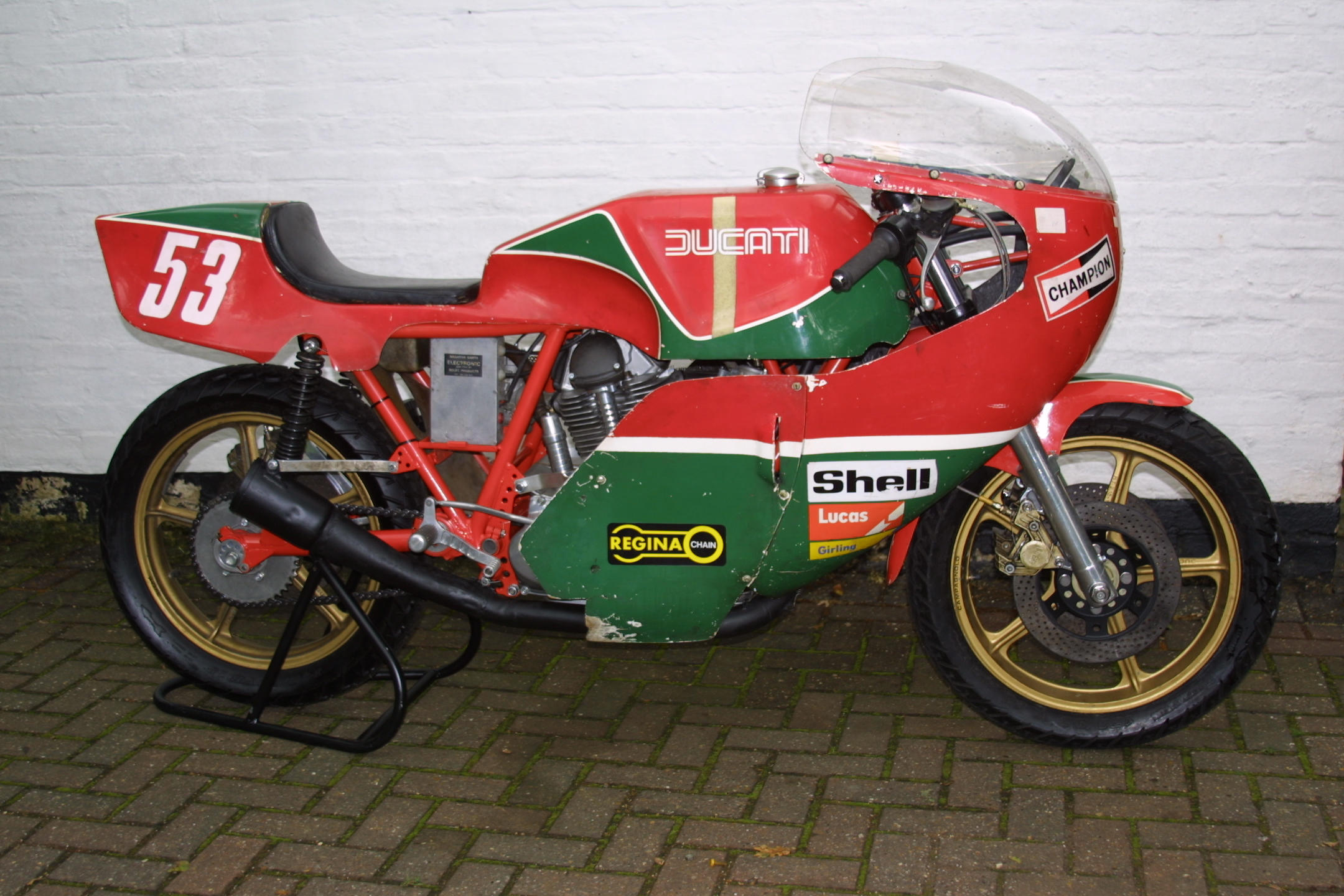
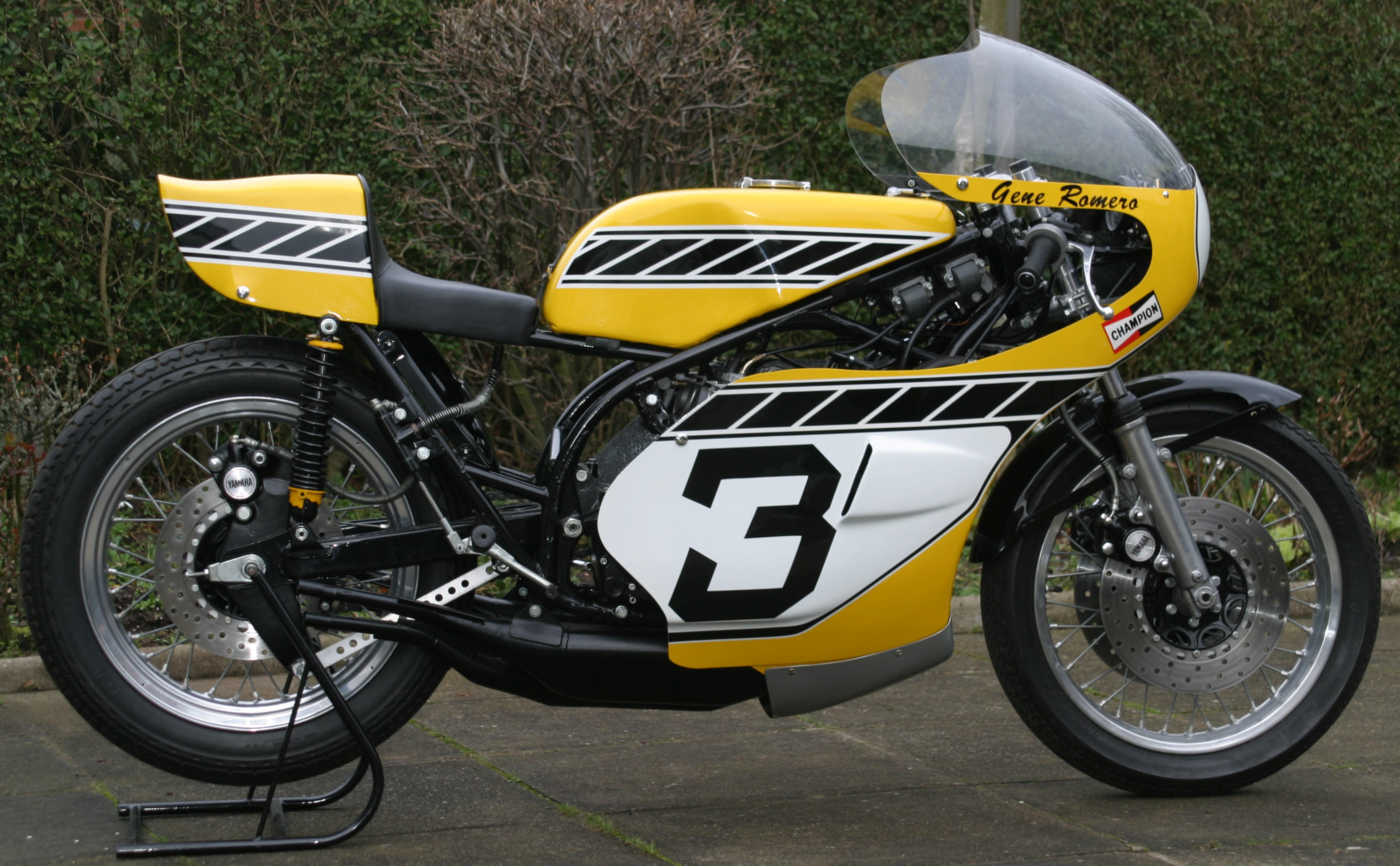
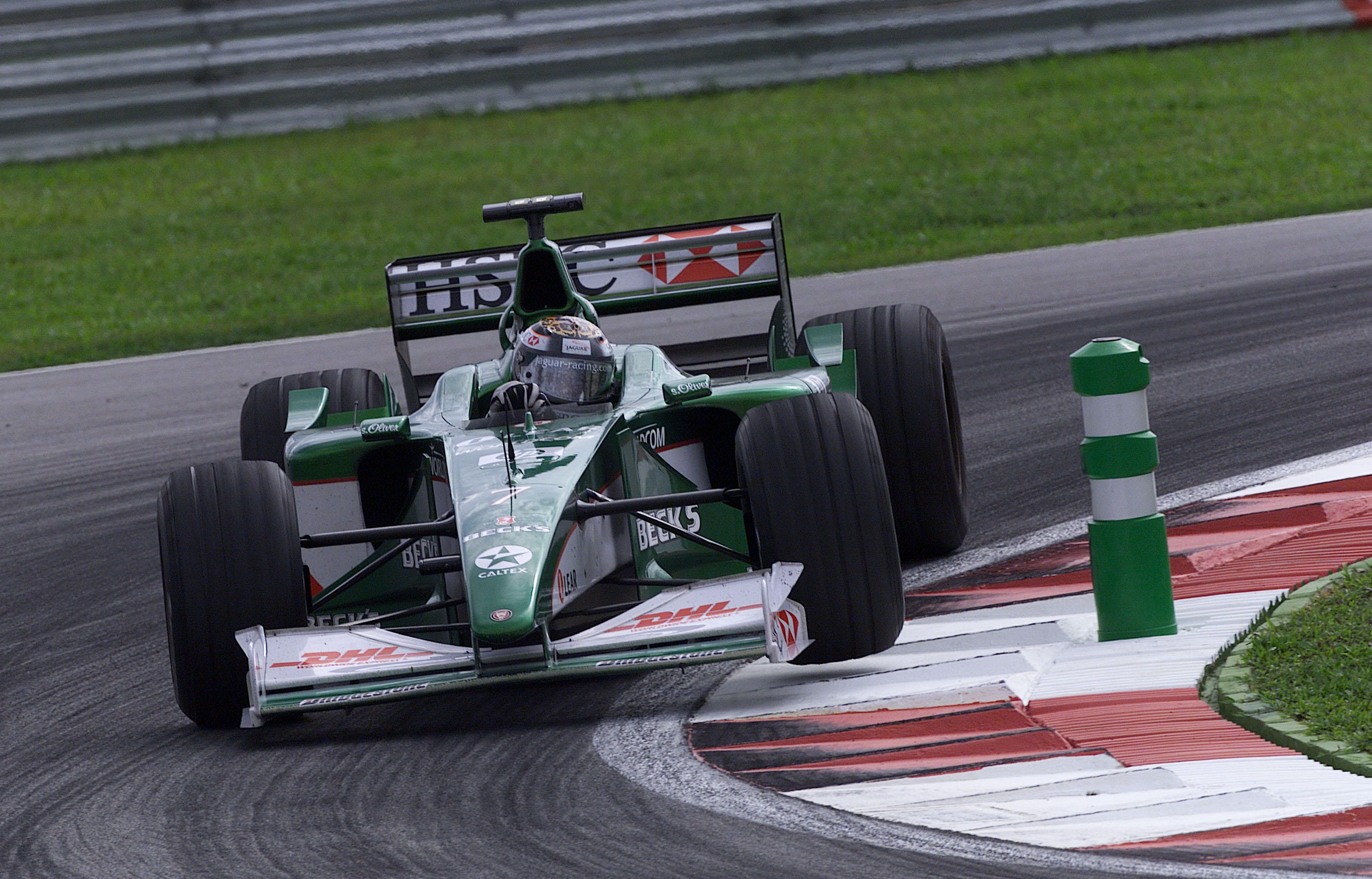


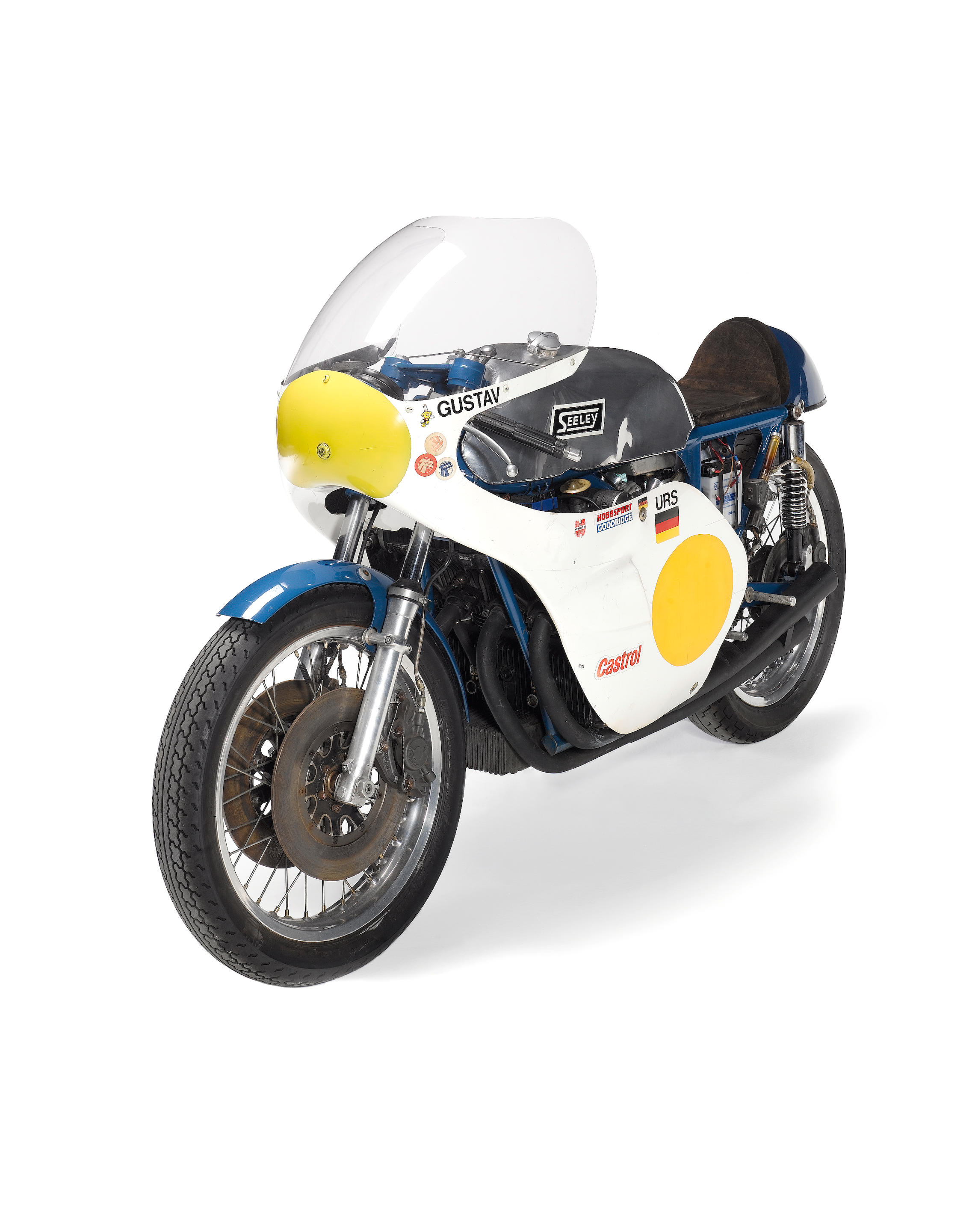
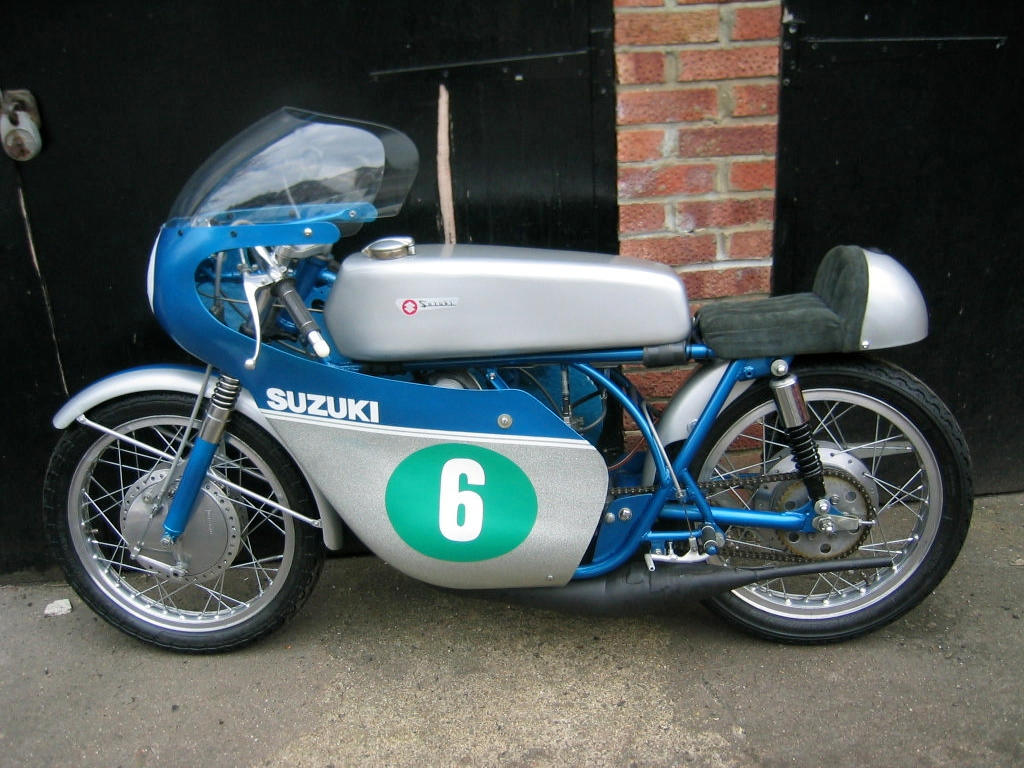
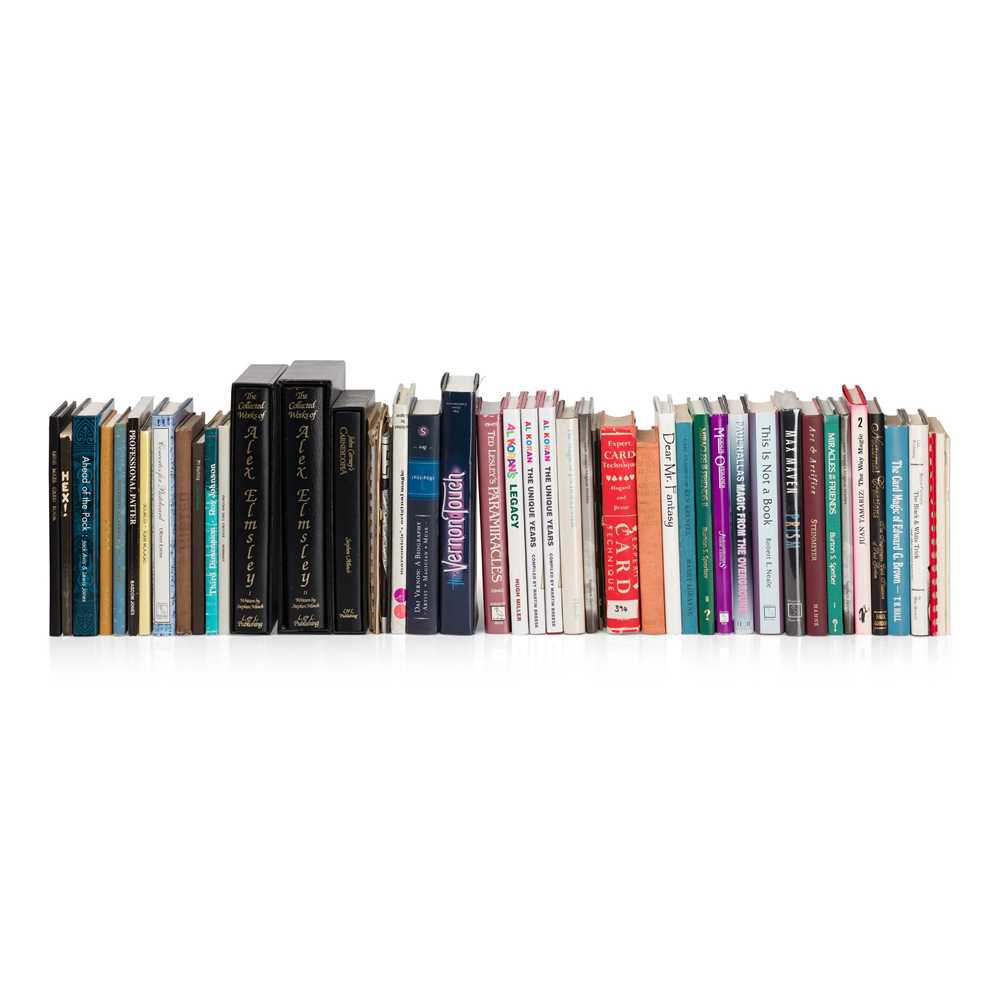
Testen Sie LotSearch und seine Premium-Features 7 Tage - ohne Kosten!
Lassen Sie sich automatisch über neue Objekte in kommenden Auktionen benachrichtigen.
Suchauftrag anlegen